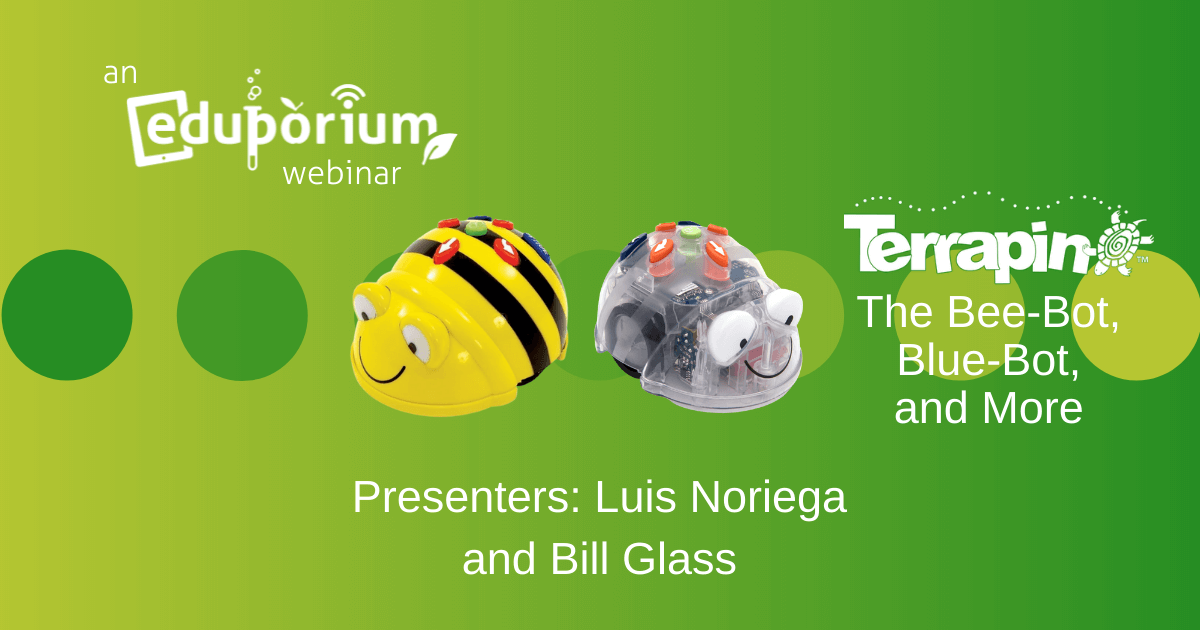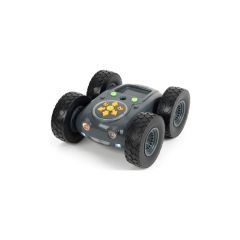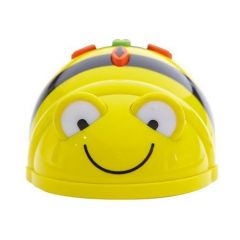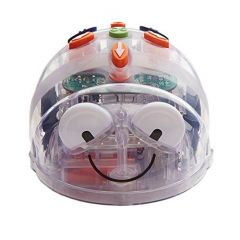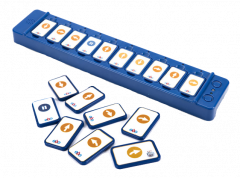For this installment of our webinar series, we collaborated with our friends and neighbors from the Terrapin Robotics team. As with all our webinars, our hosts shared an in-depth overview of these great educational robotics tools. Joining us from the Terrapin team (publishers of the first coding environment specifically for kids) were Bill Glass, Terrapin’s President, and Luis Noreiga, who led a number of interactive demos for the attendees. So, if you haven't tried teaching with the Bee-Bot, Blue-Bot, or Tuff-Bot before, we'd definitely recommend checking out the replay.
The Bee-Bot coding robot is one of the most recognizable and reliable STEAM solutions around, especially for coding in early education. In fact, children can start using it to explore coding in Pre-K or kindergarten thanks to a simplistic interface. The Bee-Bot is completely tactile and children can try screen-free coding by pressing its on-board directional buttons to control movements. Luis gave a quick demonstration of the Bee-Bot in action and how simply pressing those buttons in a logical order can help these young students experience coding. They’ll also learn skills like sequencing, logic, and problem solving along the way.
Going from the Bee-Bot to Blue-Bot.
Next, Luis showed attendees how to utilize the Blue-Bot Robot, which is a slightly more advanced version of the Bee-Bot. Identical in size and shape to the Bee-Bot, the Blue-Bot is transparent so students can see inside of it. Also, as its name implies, it comes with Bluetooth capabilities so that students can code using the Blue-Bot app. More importantly, however, this added functionality doesn’t mean they need a screen for programming. Students can also use the Terrapin TacTile Reader or Blue-Bot Command Tiles to continue with device-free coding but also add in a little bit more in terms of complexity. This includes options to edit their programs, which they won’t get when programming with only the buttons. Watch the full replay below for all the information!
After showing the Blue-Bot, Luis moved on to the Tuff-Bot, which is more for upper elementary and middle school students. As its name implies, this rover-style robot is pretty tough and powerful. Students can use it on almost any surface and they'll have greater control when it comes to programming. As you'll see when looking at the Tuff-Bot, it has more directional buttons than the Bee-Bot and Blue-Bot. This allows students to program much more precise movements, including 45-degree turns, which aren’t possible with the other robots. Plus, students can use the Tuff-Bot outdoors and it can remember up to 256 steps!
Robot-free coding with the Terrapin emulators.
In addition to the in-depth overviews of each of these three coding robots, Bill and Luis also shared some of the history of Terrapin and showed off the Bee-Bot, Blue-Bot, and Tuff-Bot emulators. With these tools, children can program virtual versions of the Bee-Bot and Blue-Bot without the need for a physical robot in the classroom. They even have access to virtual versions of some Terrapin accessories, including the Card Mat, as Bill showed. Essentially, these emulators mimic, in really close detail, what it’s like to code with the Bee-Bot or Blue-Bot in the classroom. If you’re considering investing in either of these classroom robots, check out the Terrapin coding emulators to get a feel.
We thank Bill and Luis for hosting the webinar broadcast for us and our community. We hope that everyone learned something they can take back to their classroom. If you would like quotes for Bee-Bots, Blue-Bots, Tuff-Bots, or any other Terrapin STEM solutions, please feel free to submit it through our store or contact our team directly. Join our mailing list, too, so you never miss product announcements and follow us on X and Instagram for more.



